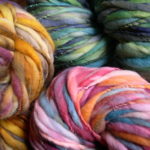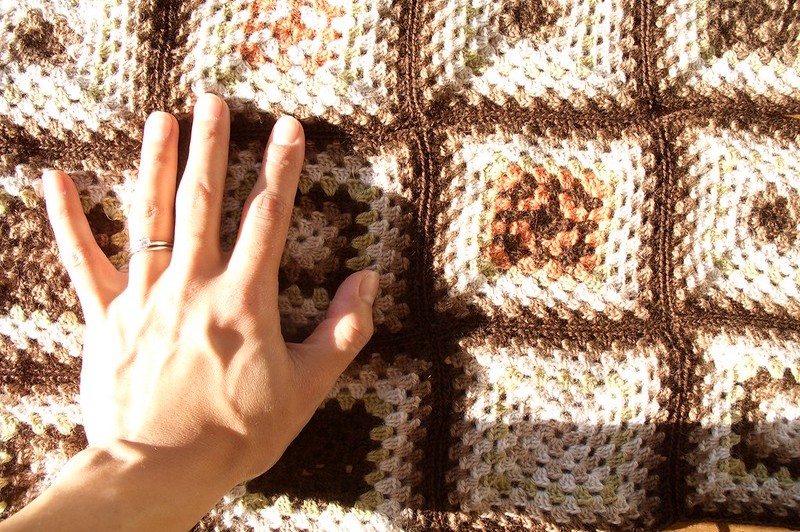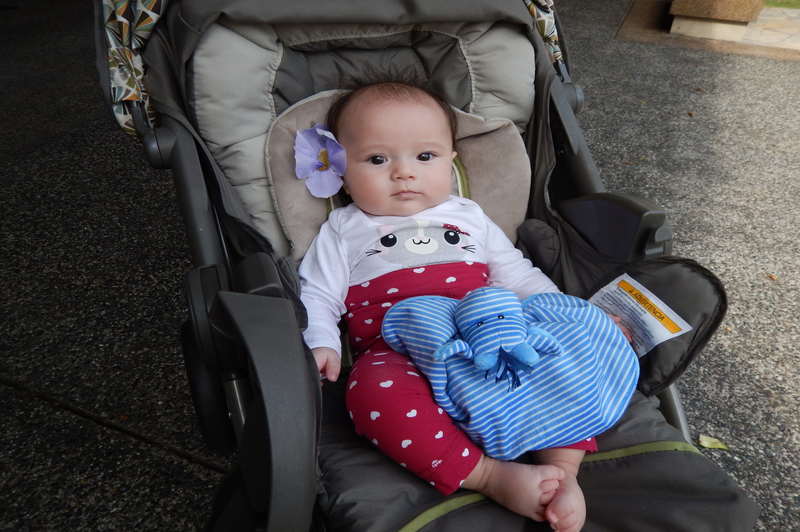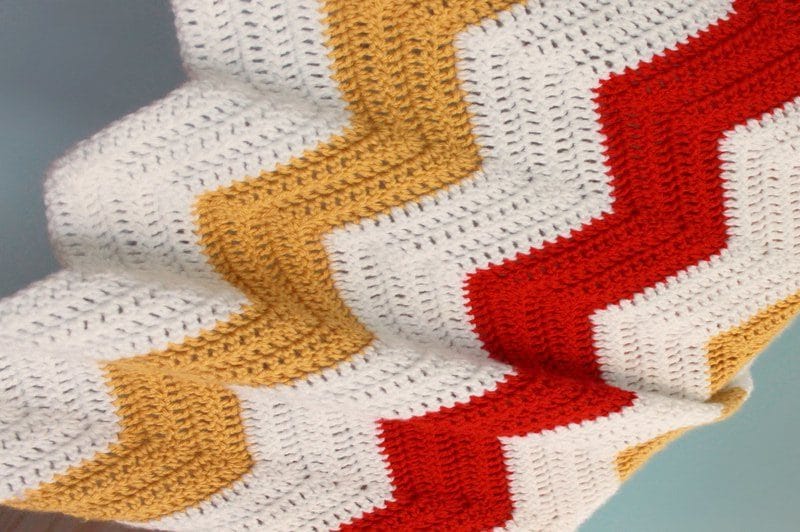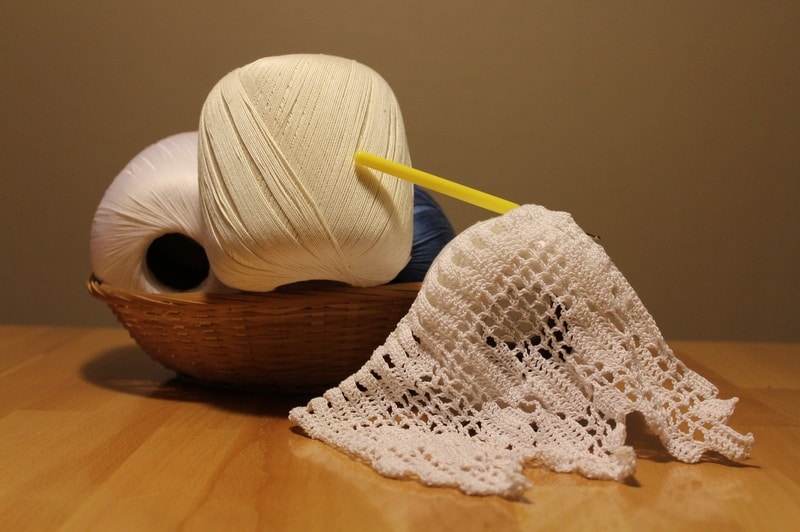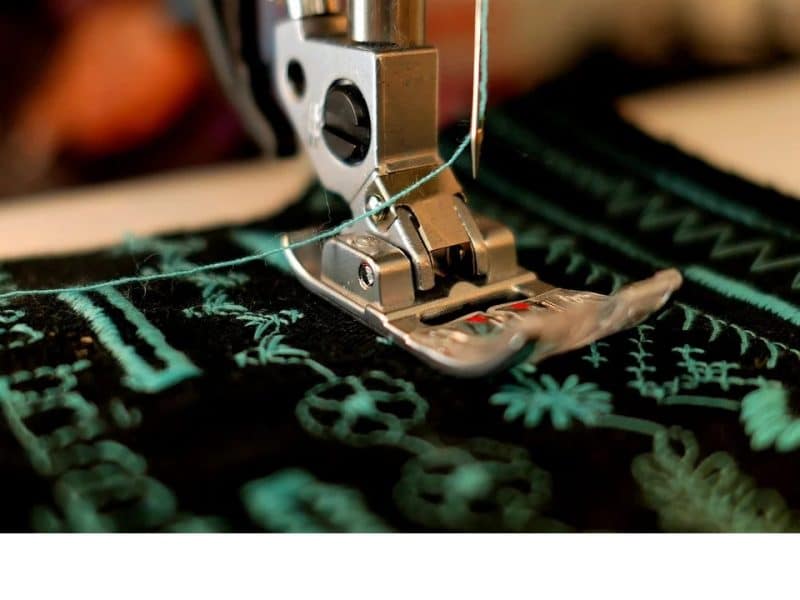eBay and Amazon are the most famous websites where to buy snuggie blanket.

These are affordable and super comfortable to wear at home in the UK, whether it’s a freezing winter night or you feel like cosying up on the couch.
Besides these popular online stores, there’s also a website dedicated solely to Snuggie blankets. Feel free to choose which style suits you the best!
What Is A Snuggie Blanket?
What’s the deal about Snuggie blankets anyway? Why is everyone talking about them?
A Snuggie is a blanket with loose sleeves attached to it, much like an oversized bathrobe.
It was inspired by the Slanket, which Gary Clegg invented in 1997, and its primary purpose is to keep you warm even when you are moving around.
Imagine you are watching TV on a cold winter night. You’re cosy underneath your blanket, and then you realise you need to adjust the volume.
When you move your hand to get the remote, the cold wind comes rushing in, giving you shivers.
The Snuggie is supposed to protect you from this inconvenience. You can do your UK house tasks and move around without having to worry about getting a chill.
How To Use A Snuggie Blanket
How do you use this blanket? Is it tough getting into the sleeves?
You use a Snuggie much like an inverted bathrobe. Hold it out and locate the sleeves.
Once you have them, slip them on by reaching your arms into the sleeves.
Next, when you have the blanket on you, reach around to your back and attach the velcro.
If you don’t have any, then hold the back closed when you sit down.
Now you are ready for a night of relaxation and comfort!
What Are These Blankets Made Of?
Snuggie blankets are made of Fleece or, at times, Polyester. It’s thinner than the Slanket, but it’s also more affordable.
Snuggies are lightweight, so you can also use them in warmer weather when you want to avoid a chilly breeze.
Why Do UK People Love Snuggie Blankets?
Who wouldn’t love to wear their bathrobe in the living room? Snuggies work even better; they ensure that you get protection for your whole body.
The polyester material used is very soft so that you won’t get any irritations on your skin. It may be thinner than a blanket, but it’s also lighter and more affordable.
You can also get it at half the price of a Slanket!
It won’t scrunch up, so it’s an ideal travel blanket. You can easily pack it and pull it out when you feel cold.
You won’t have to worry about it sliding off when you’re riding the bus or plane; it sticks on you like a piece of clothing!
Marketing also played a significant part in the boom of the Snuggie blanket, the infomercials that circulated helped in the sale of almost 30 million pieces.
Even now, thirteen years later, the Snuggie is still a favourite among the public!
Social Media also influenced the boom of this blanket. Youtube, Facebook, and Twitter were growing, and it exposed Snuggies to a broader audience.
These platforms raised awareness about the product.
How Much Money Should I Prepare If I’m Looking Where To Buy Snuggie Blanket?
A typical piece can cost £15 to £20.00, depending on the size and quality.
They come in different sizes and colours. You can even select patterns to express yourself!
It’s suitable for anyone of any age or body type.
It’s also the perfect gift for a loved one or yourself. Perfect to lounge in and enjoy spending time in the living room.
Is This Blanket Machine Washable?
Whether the blanket machine is washable is the question that most people in the UK are anxious about.
You can’t prevent those drops of coffee or hot chocolate that may drip on your blanket, and Fleece has a reputation for being sensitive.
Don’t worry, though, and Snuggie blankets are easy to clean. Just make sure that it’s placed inside out in the machine to prevent the buildup of lint.
It’s best to wash your Snuggie with other fleece materials. Try to avoid tough fabric like heavy cotton or corduroy as this can cause abrasions in your Snuggie.
Next, when you have your clothes inside, remember to use cold water and program your machine to a gentle cycle.
When it is finished, hang it to air dry. You may use the dryer a few times on low heat, but avoid doing this as it will cause your Snuggie to shrink!
Why Should You Order A Snuggie Blanket Online?
There is a reason why this blanket is still around today; people in the UK see that it’s beneficial and convenient!
It will keep you comfortable from all angles, and it’s lightweight, so you can bring it around everywhere you go.
Just like the Snuggie is supposed to keep you cosy, you can also order it from the comfort of your living room!
Just hop online to the various websites that sell these at a great price.
Next, wait patiently for your package to arrive, and you will have a brand-new Snuggie blanket. It’s convenient, and you won’t have to tire yourself.
Conclusion
When you know where to buy Snuggie blanket online, you can find great deals and high-quality products. So, what are you waiting for? Your blanket is just a click away!


